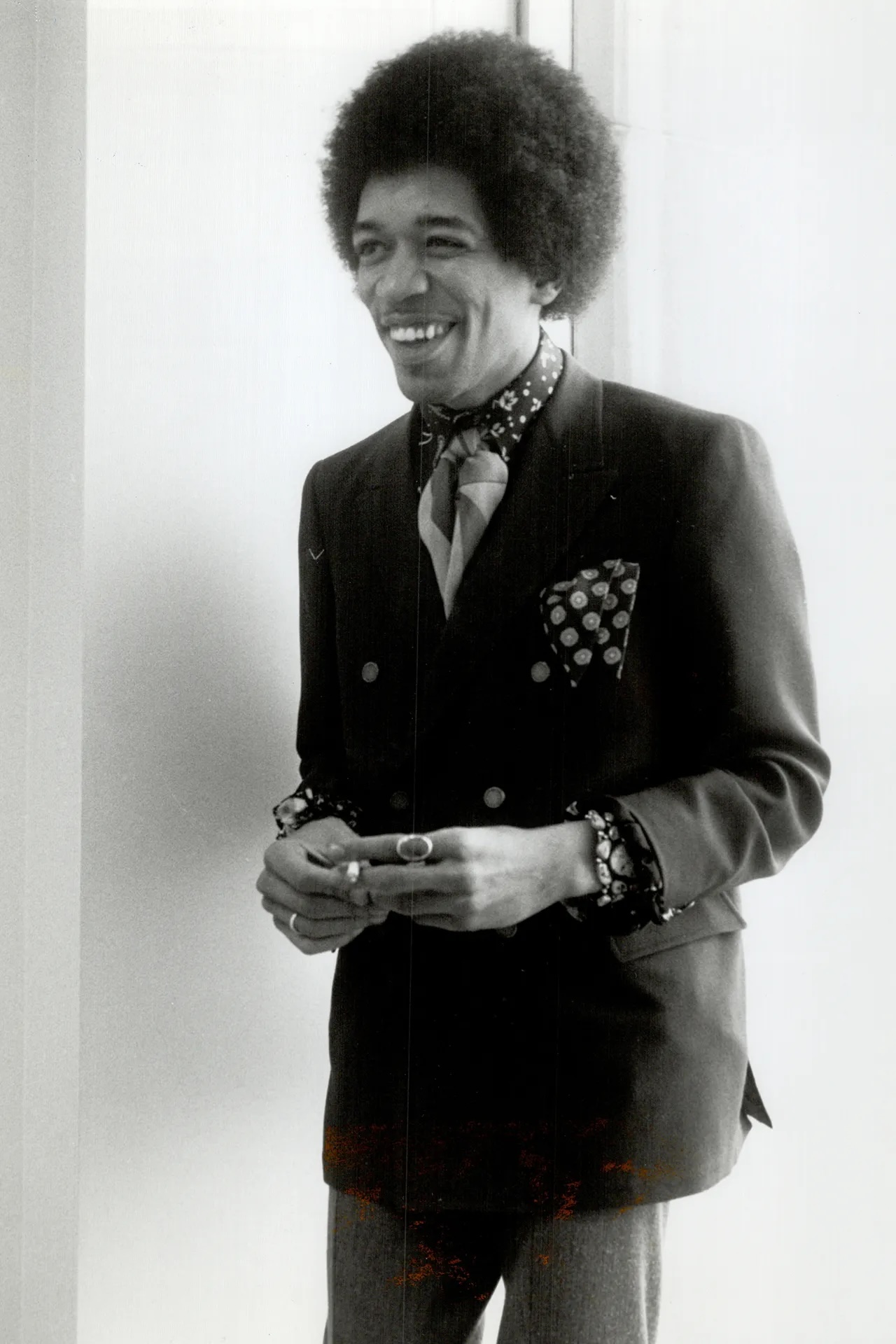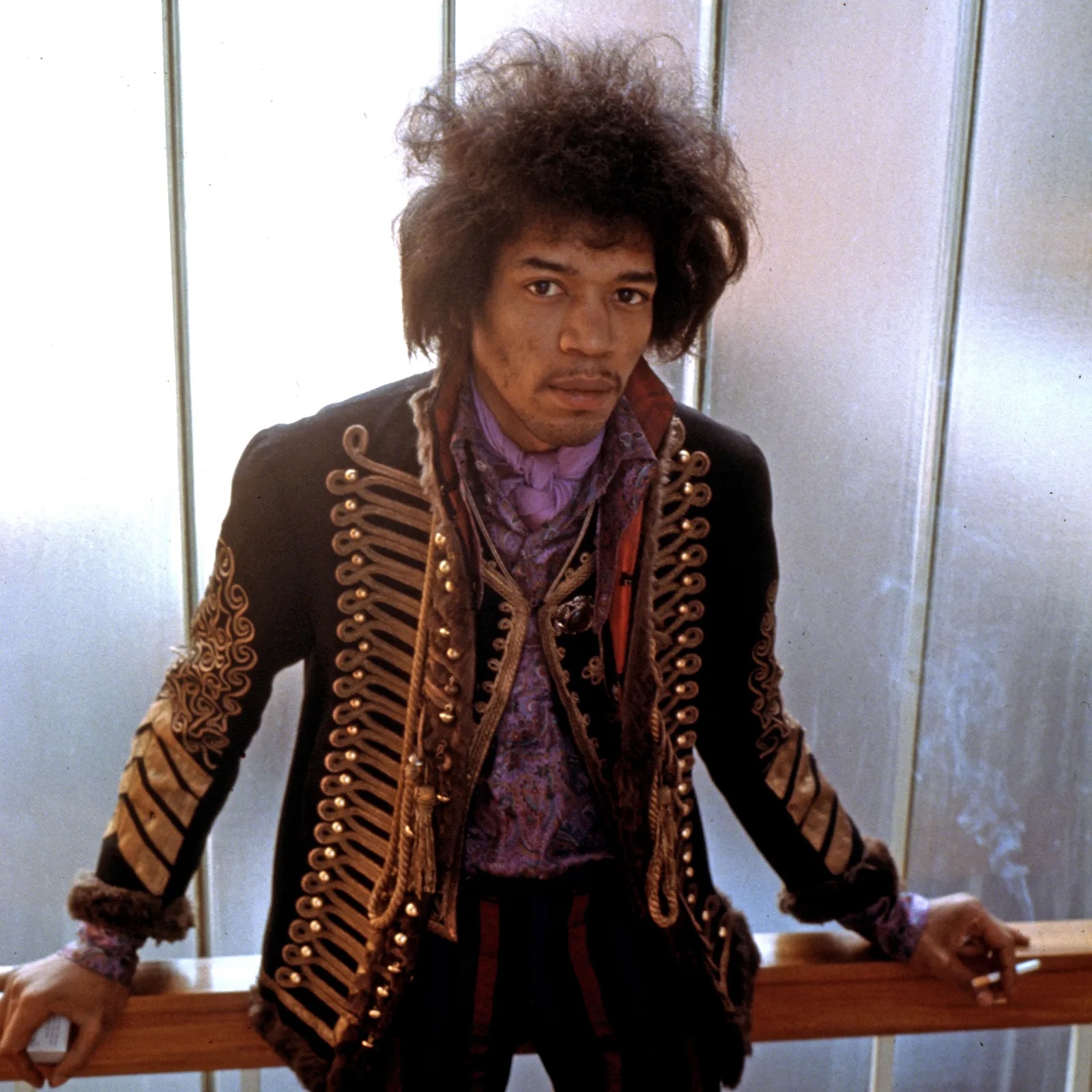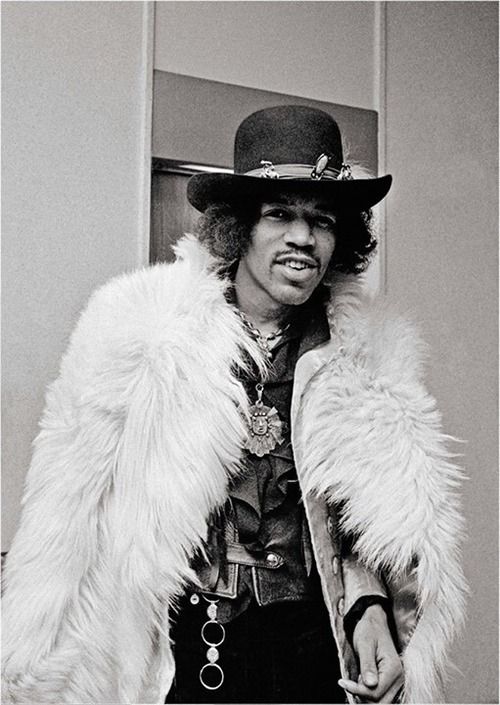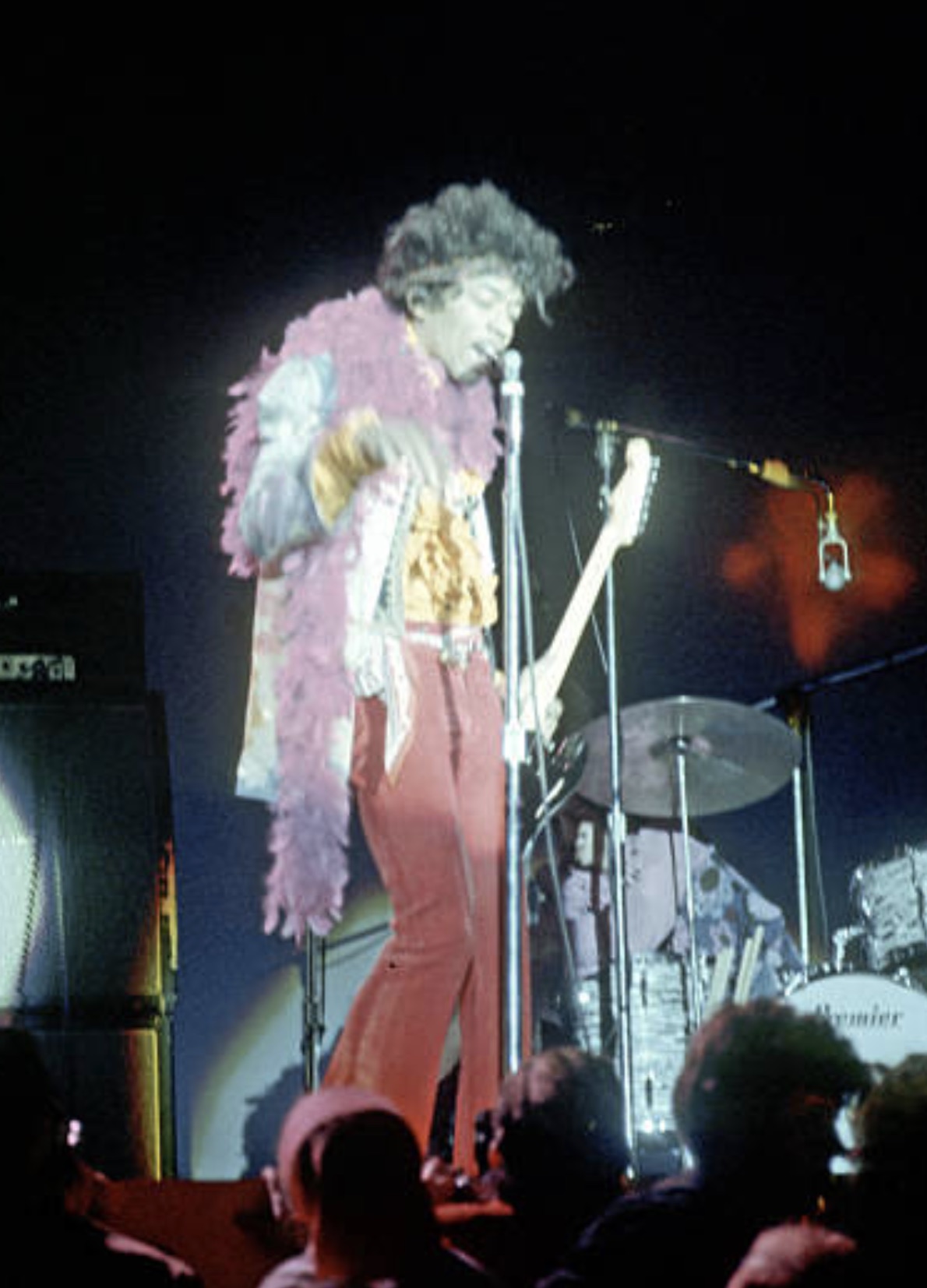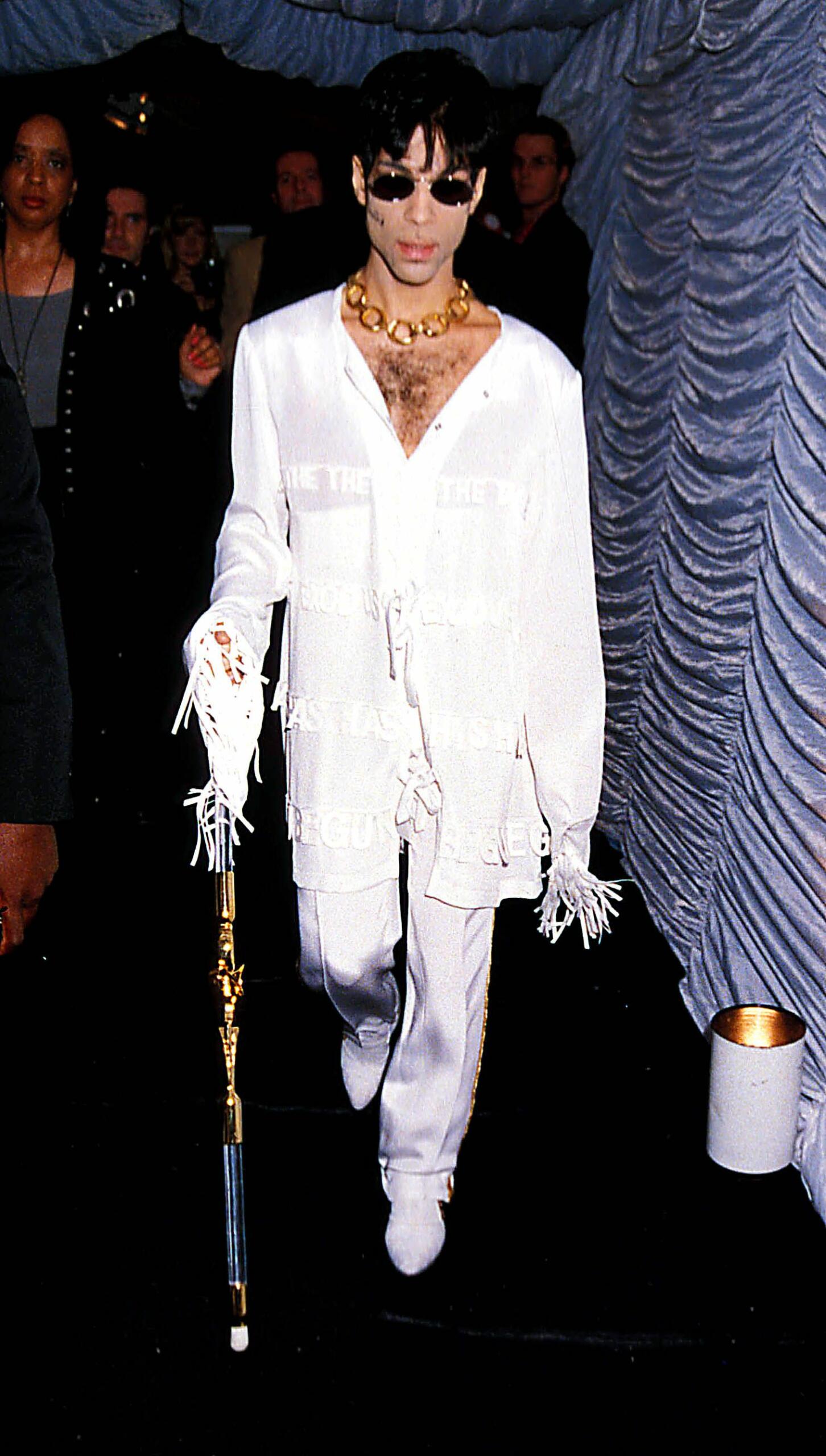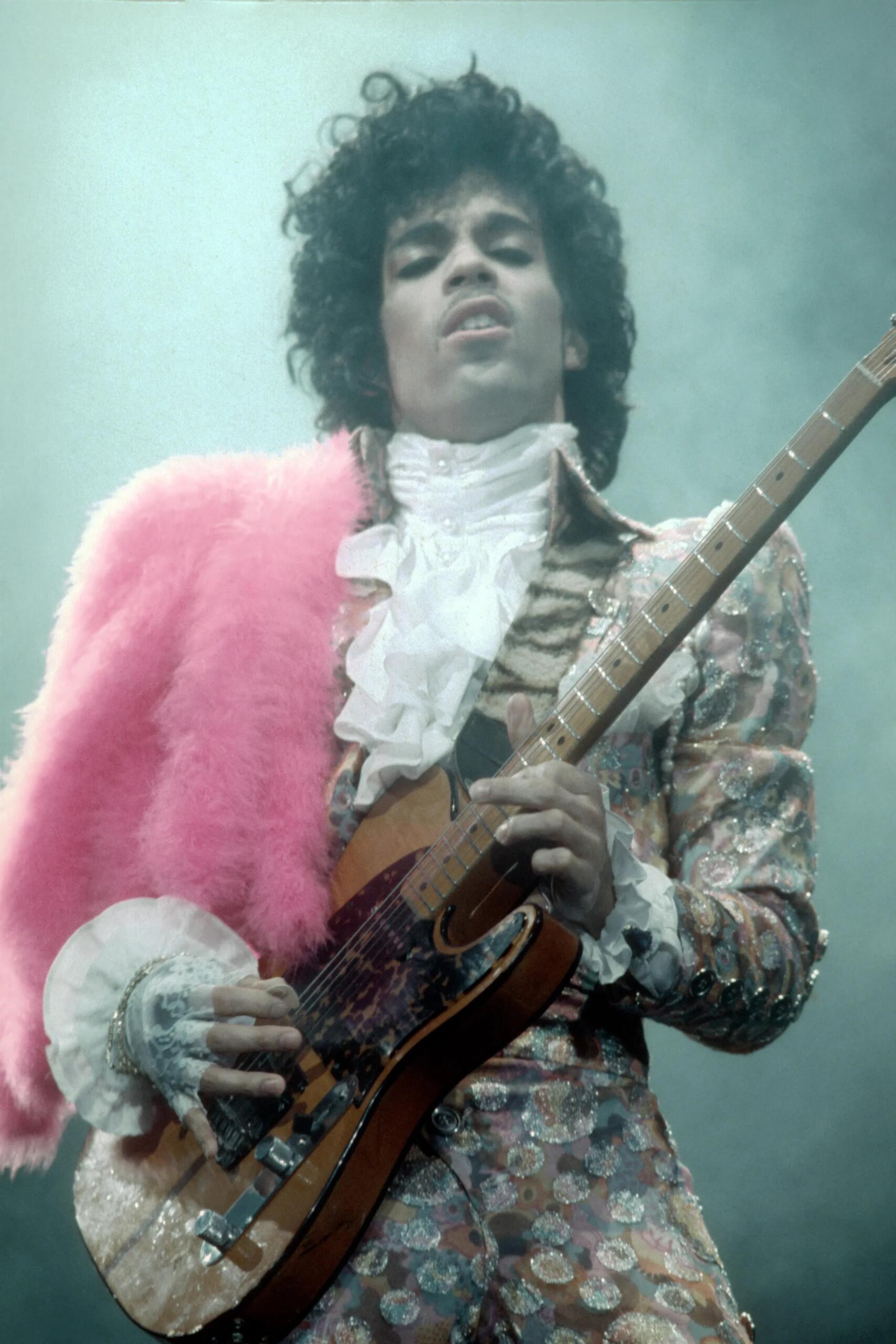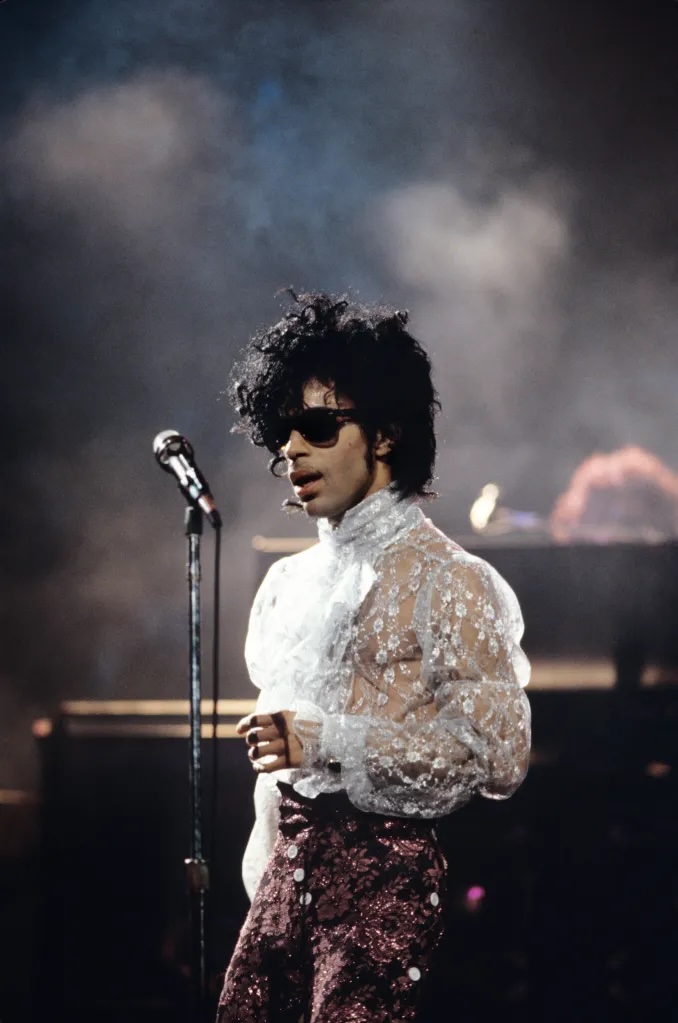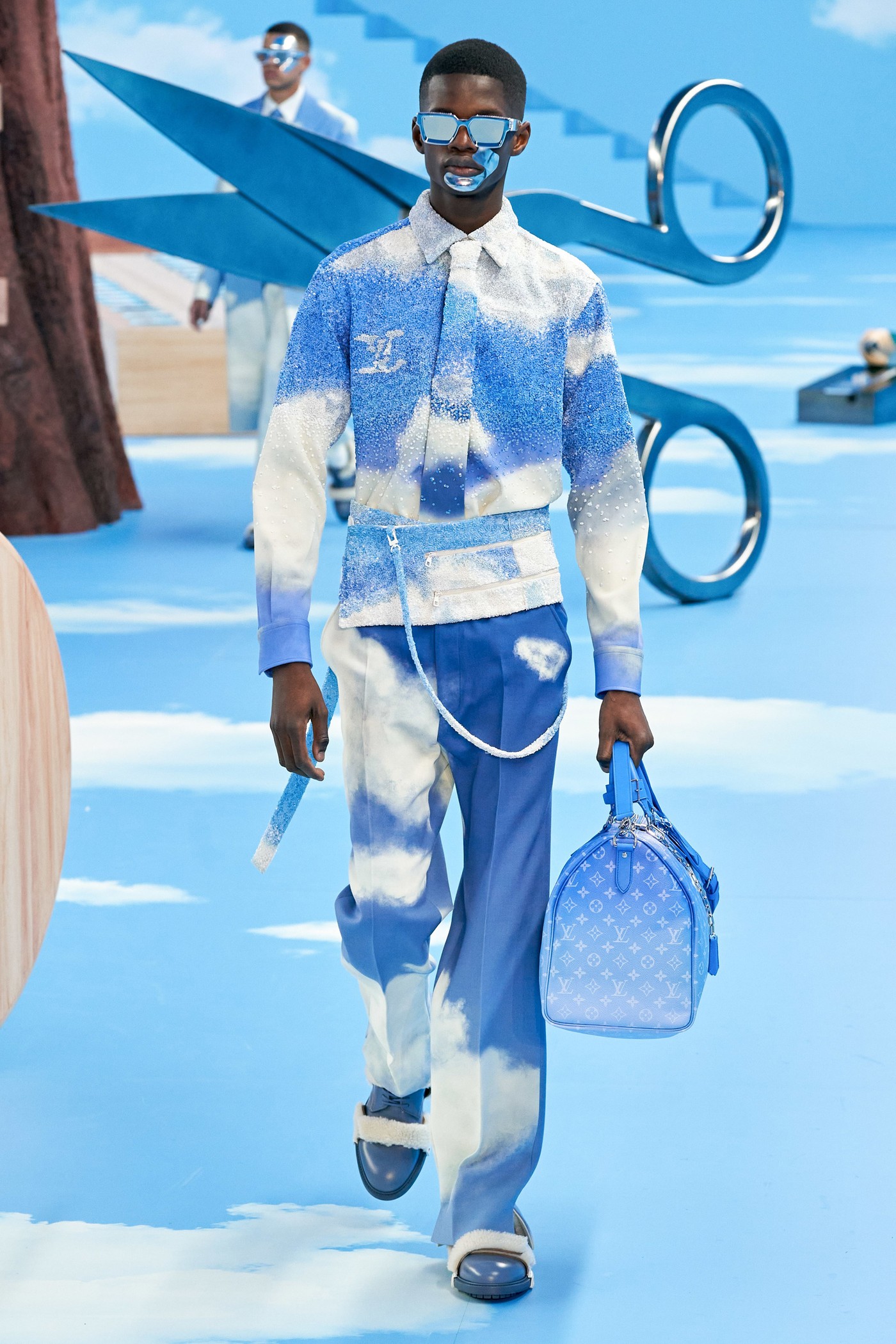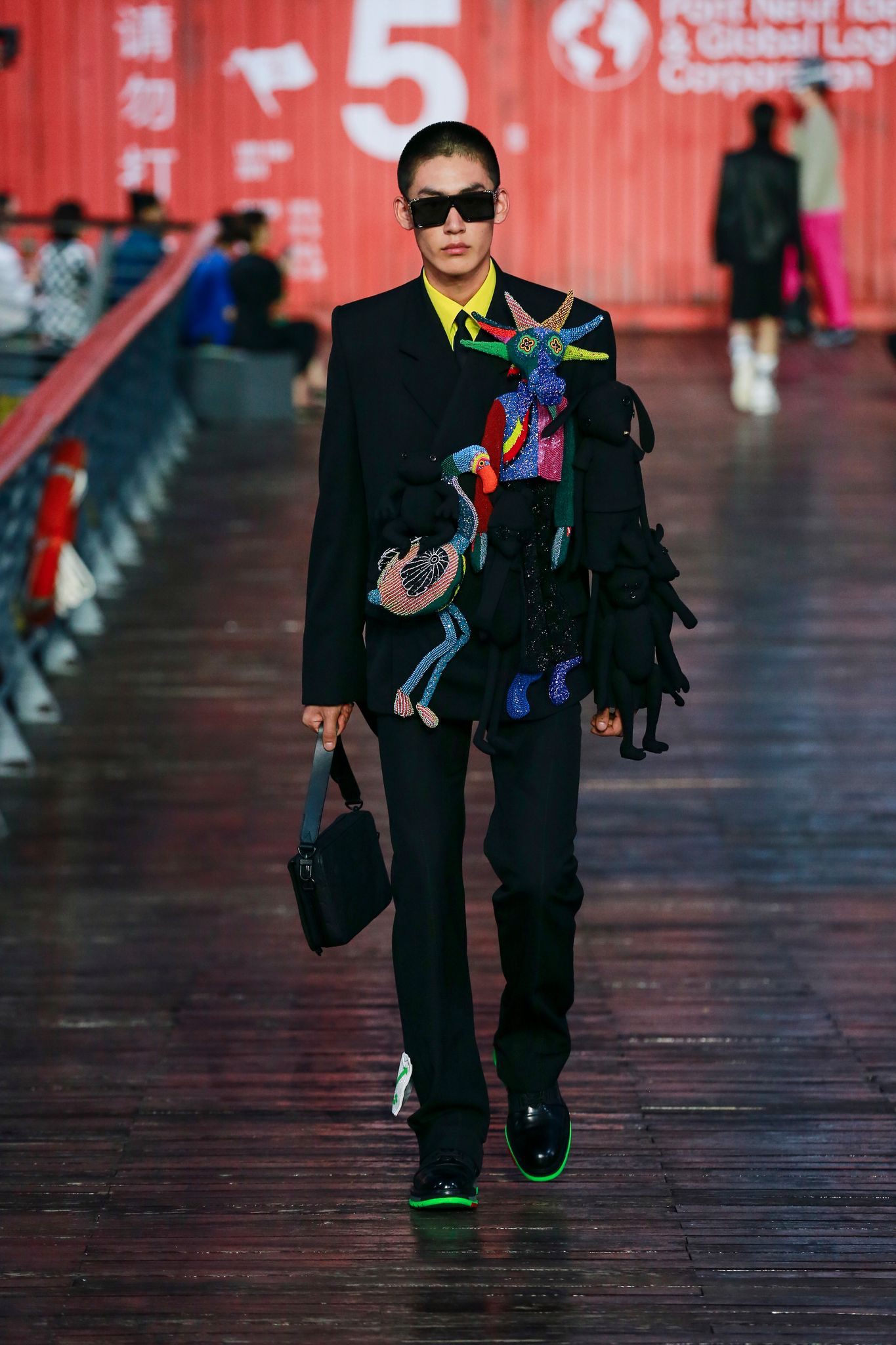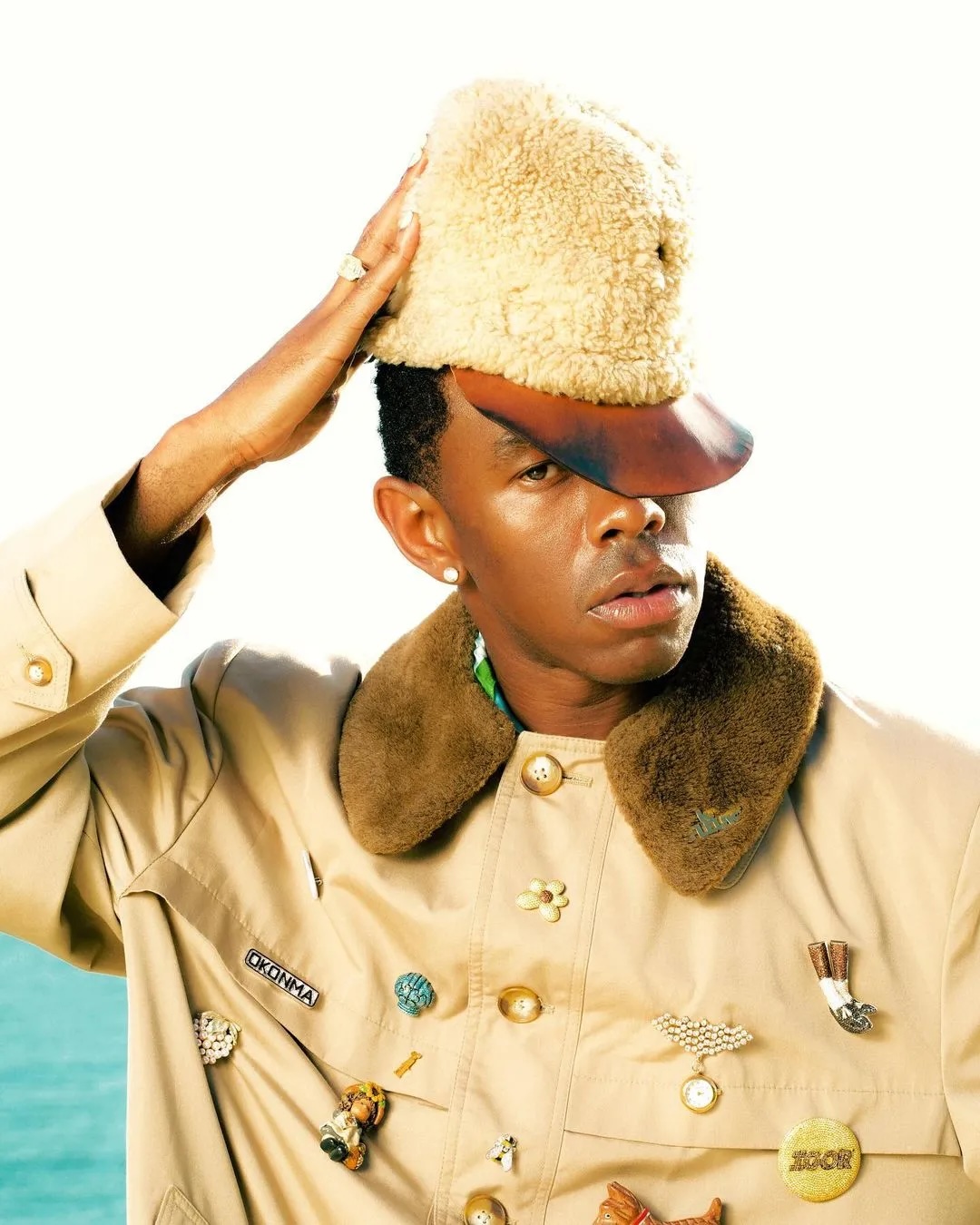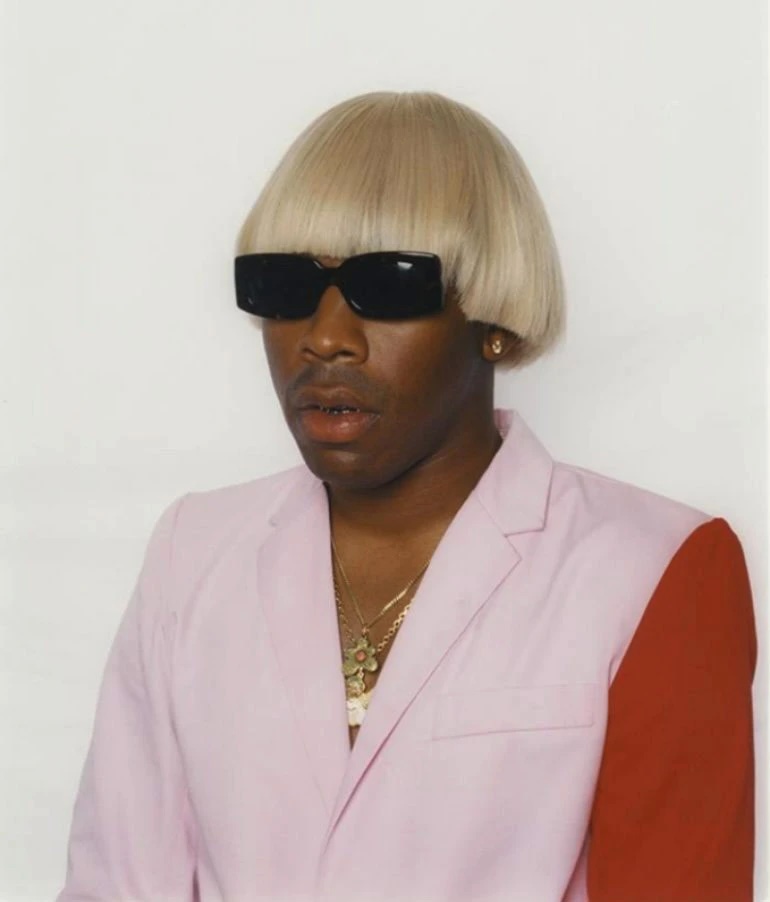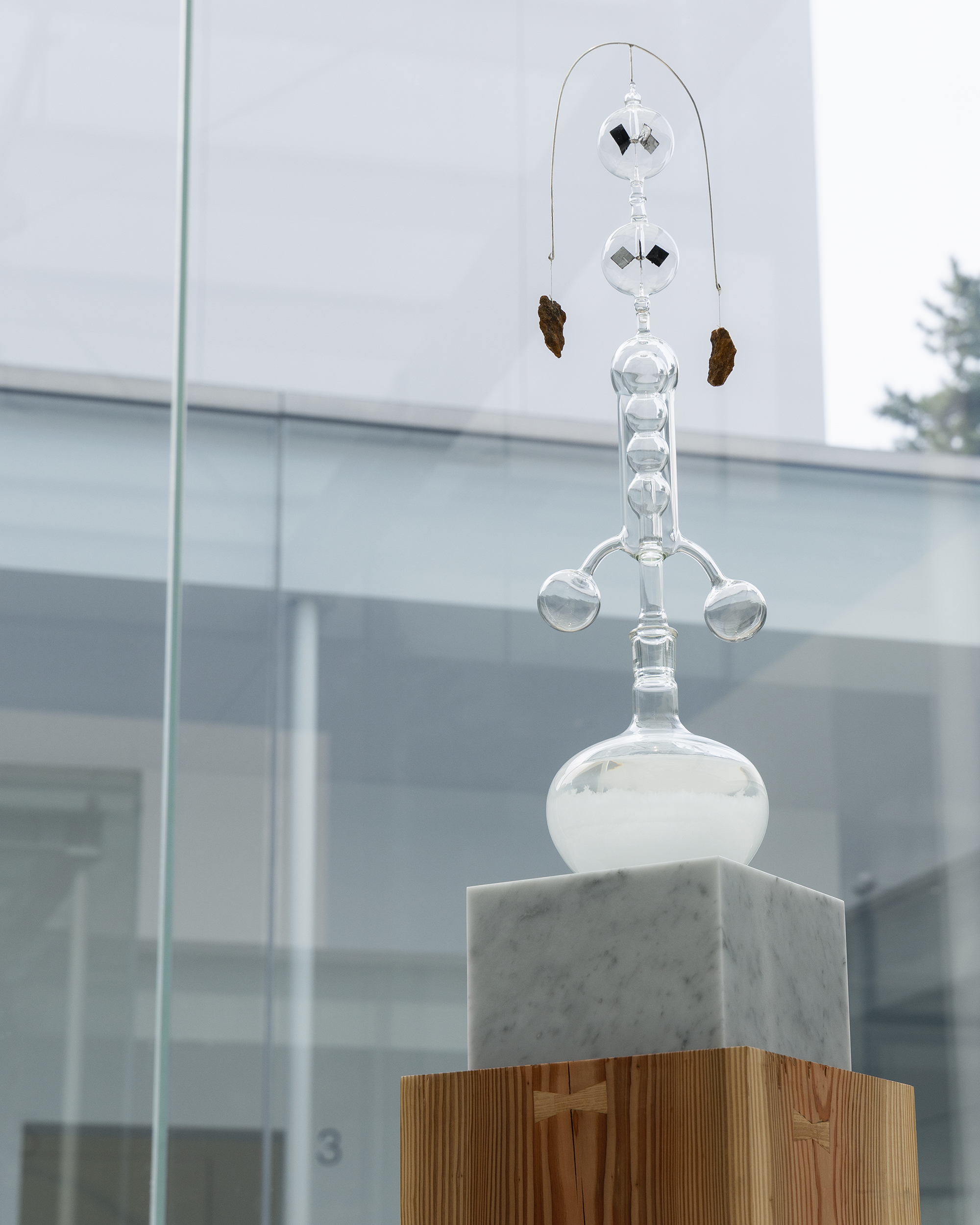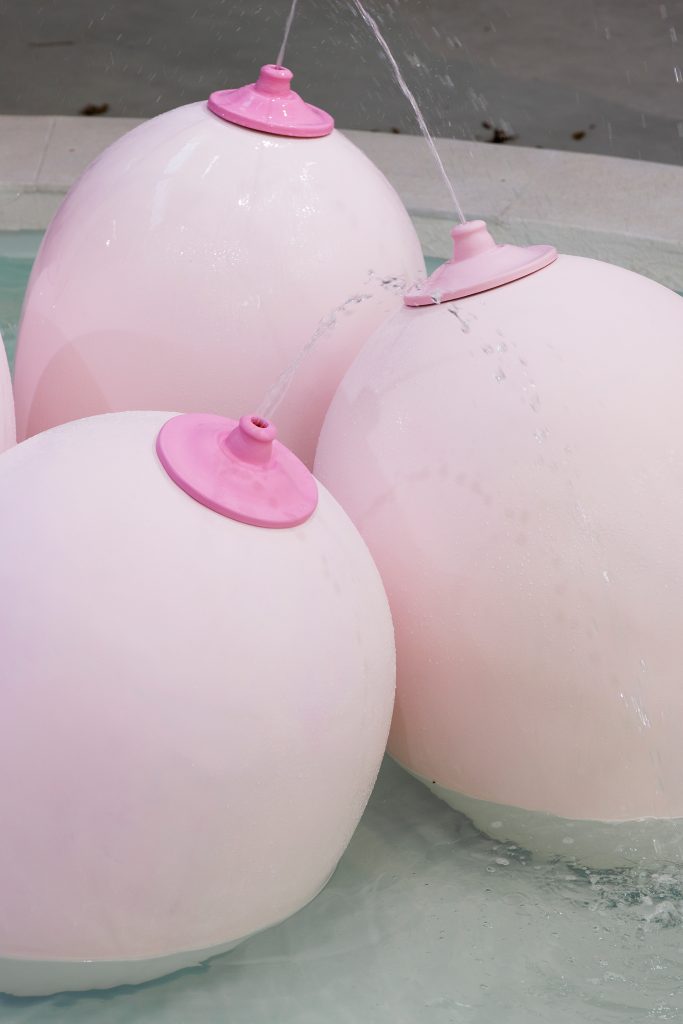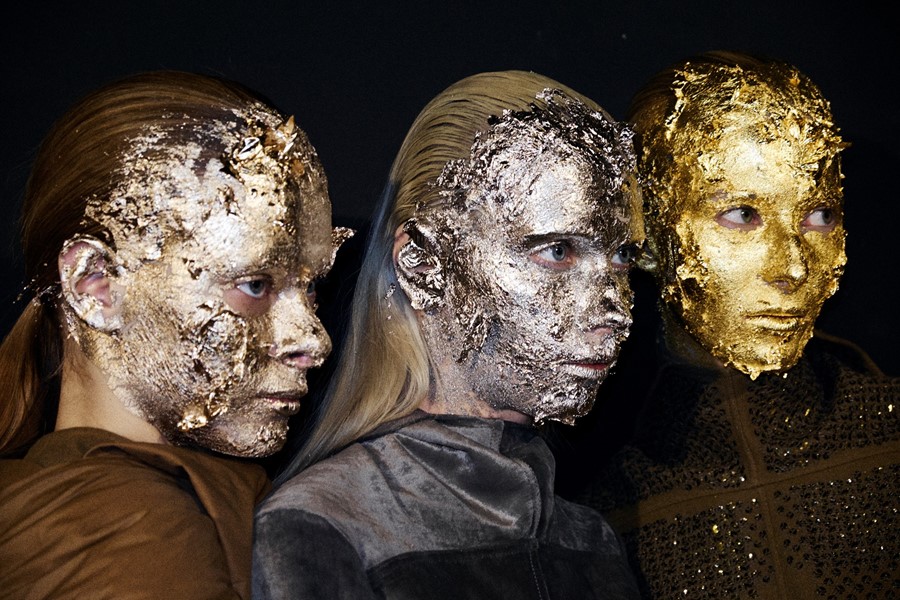Black Dandy: The Boyz Slaying (Political) Fashion. [PART 1]
“Superfine: Tailoring Black Style“
– The 2025 Met Gala Theme is OUT!

If the Black Dandies have mastered anything,
it’s the art of rebellion through individuality.
In a world that values conformity,
figures like Jimi Hendrix, Prince, the Sapeurs,
and more recently, Virgil Abloh, Pharrell Williams,
and Tyler The Creator have used fashion to declare,
“I owe you nothing. I do me, you do you.“
PART 1: The Cult of Individuality – Resembling NO ONE!
Fashion isn’t just a bubble of champagne gravitating out the “real“ world.
At a time when equality between Black and White
is far from established, Jimi Hendrix’s outfits cause him some trouble
when he walking down the street. Often stopped or even harassed
by the police for wearing ‘white men’s clothes.’
But it’s the 60s, and the wind is at his back
The man steps on stage draped in feathers,
scarves, and military jackets reimagined
— a blend of soldier, poet, and shaman.
And what does he do?
He reinvents Black masculinity under the spotlight.
He transforms the symbol of war into a tool for visual peace,
showing us that fashion, like his guitar, can be a battlefield.
For Hendrix, dressing up was a refusal to conform
to a world that expected Black men to be invisible.
His look screamed: I’m here, I’m flamboyant, and I’m unapologetic.
Prince?
He took flamboyance to the next level.
Prince, wrapped in velvet purples and pinks,
with heels taller than anyone in the room, didn’t just make
a statement — he shattered an illusion.
He showed that masculinity could be colorful, joyous,
and still command respect.
By embracing so-called feminine elements in his looks,
he blurred the lines between gender with spectacular ease.
Every outfit was a declaration:
“Masculinity is whatever I decide it is.”
Bye-bye, toxic masculinity
— and please take those awful tracksuits with you.
And then came Virgil Abloh.
Sort of messiah of black dandyism!
The genius who brought a sense of playful
innocence to streetwear and Louis Vuitton.
Where luxury and men fashion sometimes felt too serious,
Abloh injected childhood references, cartoonish motifs,
and a sense of carefree creativity.
Backpacks inspired by schoolboys, playful designs
— masculinity doesn’t have to be austere
or aggressive to be taken seriously.
Quite the opposite.
His approach?
Streetwear that plays by no one’s rules but his own.
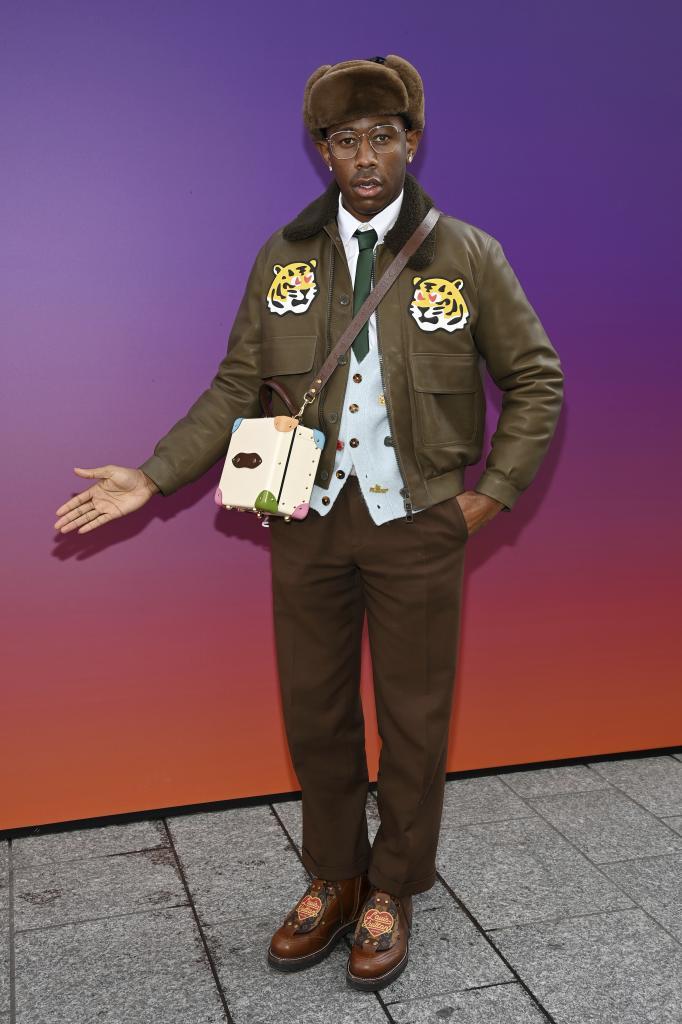
Tyler the Creator is rewriting the entire rulebook
on what it means to be stylish and masculine in the 21st century.
Whether he’s rocking pastel suits with sneakers or
layering fur hats and pearl necklaces,
Tyler’s style is pure, unapologetic individuality.
What makes Tyler stand out is that he’s not just trying to look good
— he’s sending a message: “I’m doingme, and that’s the whole point.”
In a world where Black masculinity still gets boxed into narrow definitions
– hello streetwear – Tyler’s out here tearing them down one pastel cardigan at a time.
He’s quirky, flamboyant, unpredictable
—and that’s the magic.
But what Black dandies would be
without the Sapeurs Mouvement?
The legacy of Black dandies extends to the Congolese sapeurs, who,
dressed in suits far beyond their means, turn fashion into an act of radical self-worth.
These Congolese men, with their radiant, carefully curated suits,
shattered the notion that elegance was Europe’s exclusive domain.
They flat-out reject the modesty expected of immigrants.
Why hide when you can shine?
For them, wearing clothes that cost more than their monthly salary
is a way to claim the dignity the world denies them.
The origins of La Sape trace back to the 1950s and 60s,
when the first Congolese immigrants arrived in France, drawn by the promise of work.
Among them was André Grenard Matsoua,
who is often seen as one of the founding figures of the movement.
These early immigrants used style as a way to assert
their identity in a society that often rendered them invisible.
La Sape is more than style; it’s a philosophy,
an art of living where every cufflink screams:I deserve to be seen.
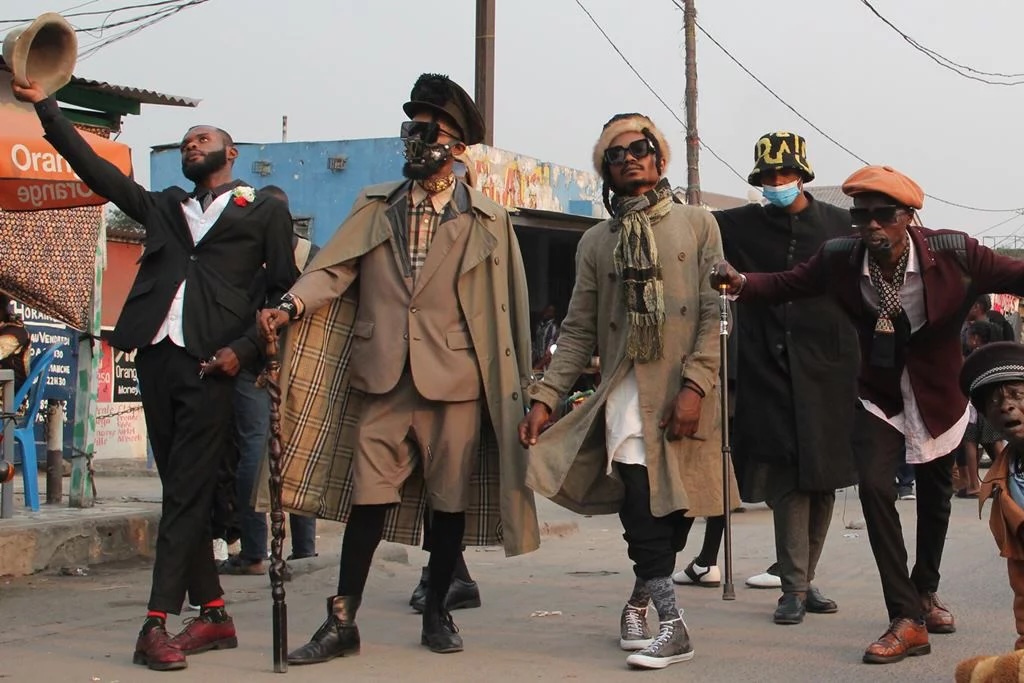
Black Dandies — particularly from the 60’s and early 21st century onwards — long excluded from the fashion narrative, follow fashion only by innovating, constantly adding their own inventive flair, and it is this spirit of originality that keeps fashion progressing forward.
